tl;dr The claims of “Fill Mead First” advocates that we could save hundreds of thousands of acre feet of water a year while draining Lake Powell and consolidating all the Colorado River’s water in Lake Mead don’t hold up.
The longer version….
There’s this joke.
Two economists are walking down the street when one spots something on the sidewalk.
“Look,” the first says, “a $10 bill!”
“Nah,” says the second. “If that was a $10 bill someone would have picked it up already.”
The point here is that often what looks like an unexploited opportunity is not as it appears. Maybe you’re just the first person to spot it, so pick it up! But maybe if there have been lots of people passing this way, it hasn’t been picked up because it’s not really a $10 bill.
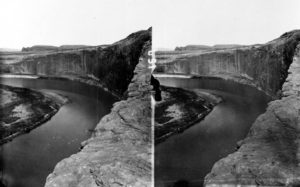
Glen Canyon by James Fennemore, one of the photographers in the second Powell expedition, 1872
The argument for draining Lake Powell/tearing down Glen Canyon Dam has the look of a $10 bill on the sidewalk – the argument that between evaporation and seepage, so much Colorado River water is being lost now from Lake Powell that the water savings make this a good deal for the basin’s water users.
The latest science suggests that this is not the case – that seepage losses are minimal, and that alternatives suggested by advocates of eliminating Glen Canyon Dam (the “Fill Mead First” proposal, draining Lake Powell and consolidating the Colorado’s dwindling supplies in Lake Mead) have essentially the same evaporation losses, as evaporation goes up in Lake Mead by about the same amount that it goes down in Lake Powell.
The drive to pull down Glen Canyon Dam, deeply rooted in the environmental politics of the West, is about more than simply saving water. Those who advocate it argue, correctly, that it also is about restoring Glen Canyon, one of the West’s great natural treasures, drowned when Lake Powell filled in the 1960s. There is no question that this would be awesome.
But to overcome the opposition of those who benefit from Lake Powell’s water, those who would remove the dam also posit a major benefit of their own – restore Glen Canyon’s magnificence and save hundreds of thousands of acre feet of water per year. The savings we’re talking about are the equivalent of Las Vegas, Nevada’s entire supply. Surely that’s worth picking up off the sidewalk?
Sinjin Eberle of American Rivers had a go at this question last week. In a piece written in response to Rebecca Solnit’s widely read and beautifully written ode to Glen Canyon, Eberle took issue with Solnit’s contention that getting rid of Lake Powell would save a bunch of water.
Eberle and American Rivers, an environmental group committed to (as its name suggests) our rivers, thinks this isn’t really a $10 bill:
There are 5 key reasons why the Fill Mead First argument doesn’t hold water, and while each of them on their own could be a good enough reason to look past the reality of the situation, together they make a compelling case for keeping Glen Canyon Dam in place, at least for now.
This is a huge deal.
For one of the nation’s most visible and important river-focused environmental groups to come out against the latest proposal to drain Lake Powell, which has been a lodestar of western environmentalism for more than a half century, took guts.
But I think Eberle is right.
There’s technical detail worth sifting through, and I encourage you to look at Eberle’s piece, as well as an important analysis published last fall by a group at Utah State led by Jack Schmidt. The USU group’s conclusion, in short, was the water savings in draining Lake Powell and consolidating the Colorado River’s water in Lake Mead are not what Fill Mead First advocates have been claiming.
The seepage question – “bank storage” in the lingo of the dam community – was until recently scientifically murkier, but there has always been a strong technical argument that seepage was not the issue that Glen Canyon Dam’s opponents made it out to be. The work by Schmidt and his students supports that argument – that we’re not losing the kind of water to seepage the Fill Mead First advocates have claimed.
But the real kicker for me was the $10 bill-on-the-sidewalk thing.
As a journalist, I often heard from people who would ask, “Why don’t they just do X?”, where “they” are the people in charge who haven’t seen the obvious benefits of X. It’s phrased in the form of a question, but the speaker doesn’t really mean it that way. They really mean “They should do X”, without considering that there may be a good reason why they are not doing X that the questioner just hasn’t understood. One of my journalistic starting points always was to start with the smart people who had looked closely at X already. Maybe there was a good reason X wasn’t already being done.
Think $10 bill on the sidewalk.
The people who have the most to gain from this in water supply terms, the water agencies that would kill for a new source of a few hundred thousand acre feet of water per year, were not pursuing draining Lake Powell. Maybe there was some byzantine politics behind why they didn’t want that water. Or maybe the savings weren’t really there.
We now have a much clearer picture of the issue thanks to the work by Schmidt and his students. Contrary to the claims of Solnit and others that there are big savings to be had through reduced evaporation, Schmidt et al. conclude that, for all practical purposes, “there would be no change in evaporation losses”. The seepage losses, Schmidt found, are minimal. Solnit’s failure to engage Schmidt’s contribution – she asserts without citation that “consolidating water in one (reservoir) would reduce evaporation” without acknowledging that there is new research suggesting otherwise – was a serious flaw.
There is still a deep and important passion in the West about the idea of removing Glen Canyon Dam. It’s a conversation worth pursuing. But those who advocate it need to make the case on its own merits, not based on a false claim that you can restore Glen Canyon and save hundreds of thousands of acre feet of water in the process.
It’s not a $10 bill. That’s why no one’s picked it up.
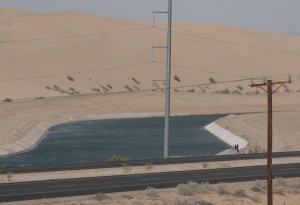

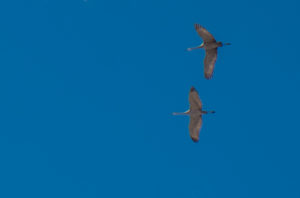
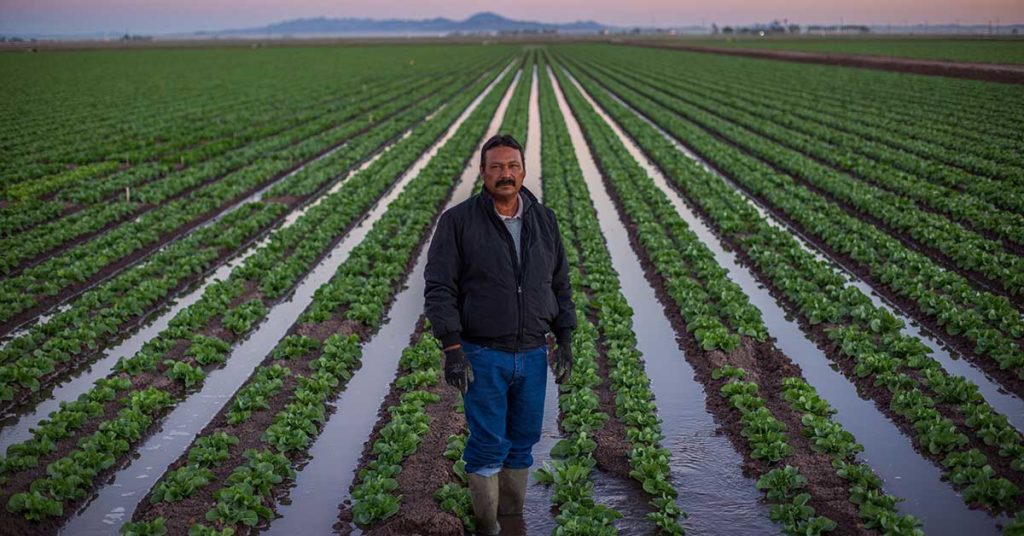

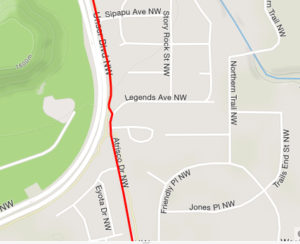
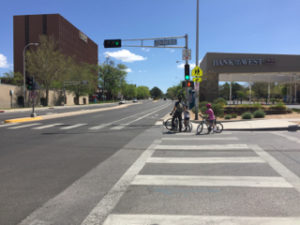
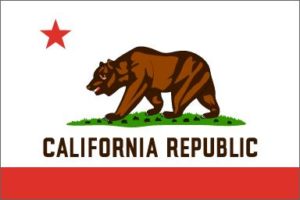 We’ll be analyzing lessons from California’s drought for a while yet. But what I view as the most important lesson is already clear.
We’ll be analyzing lessons from California’s drought for a while yet. But what I view as the most important lesson is already clear.